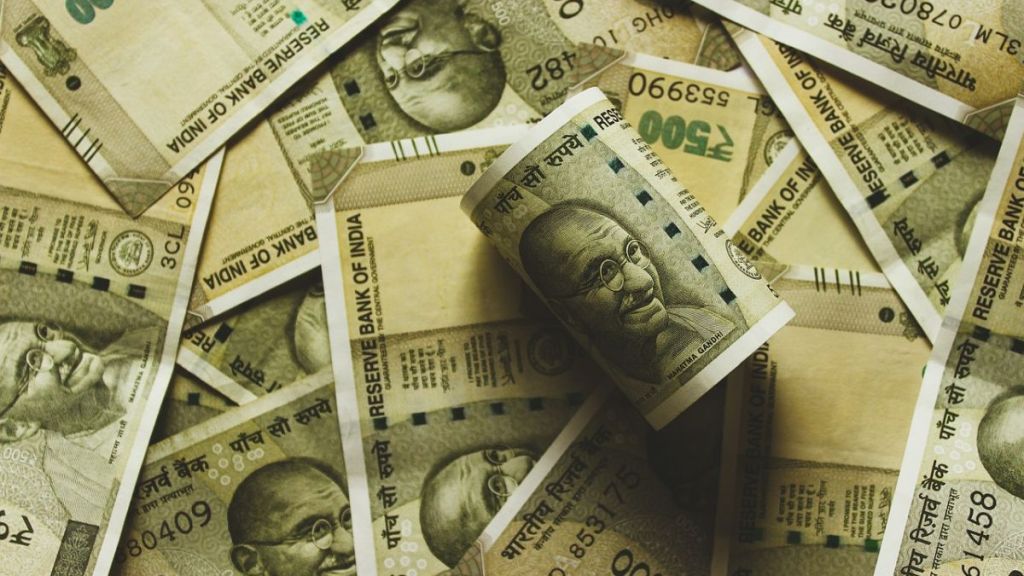Current Account Deficit vs Fiscal Deficit: In the realm of economics, two critical terms often discussed are Current Account Deficit (CAD) and Fiscal Deficit. While both indicate a certain minimum deficit in the Govt’s kitty, let’s break down these complex terms into simpler explanations along with examples to grasp their significance. Understanding the two is important as it provides insights into a nation’s economic well-being and policy implications.
Fiscal Deficit
Fiscal deficit refers to the difference between a government’s total expenditure and its total revenue (excluding borrowings) during a fiscal year. It is a measure of the government’s borrowing requirements and is usually expressed as a percentage of a country’s Gross Domestic Product (GDP).
Take this for an example. Suppose government spends Rs 2,50,000 crore on various programmes and services but earns only Rs 2,00,000 crore in revenue from taxes and other sources. The fiscal deficit would be Rs 50,000 crore, indicating that the government needs to borrow Rs 50,000 crore to bridge the gap between its spending and revenue.
Significance of Fiscal Deficit:
Persistent high fiscal deficits can lead to increased government borrowing, which may result in inflation, higher interest rates, and economic instability. It also reflects the government’s ability to manage its finances efficiently and sustainably.
Current Account Deficit:
CAD measures the difference between a country’s total exports and its total imports of goods, services, and transfers over a specific period. In simpler terms, it reflects the trade imbalance between a country and the rest of the world.
Say for instance, suppose India exports goods and services worth Rs 800 billion but imports goods and services worth Rs 1 trillion. The difference, Rs 200 billion, represents India’s CAD. This means India is spending more on importing goods and services than it is earning from exporting them.
Significance of CAD:
High CAD indicates that a country is heavily reliant on foreign goods and services, which can lead to a depletion of foreign exchange reserves. It can also make a country vulnerable to economic shocks and fluctuations in global markets.
Distinguishing CAD from Fiscal Deficit:
While both CAD and fiscal deficit relate to a country’s financial health, they operate in different spheres. CAD focuses on the trade balance between a country and the rest of the world, while fiscal deficit pertains to the government’s budgetary situation.
Trade deficit
Another important term to understand is trade deficit.
Trade deficit, known as a trade gap, refers to the difference between the value of a country’s imports and its exports. When a country imports more goods and services than it exports, it incurs a trade deficit. Trade deficit indicates that a country is spending more on imports than it is earning from exports, leading to a negative balance of trade. Trade deficit can impact a country’s currency value, economic growth, and employment levels. Additionally, persistent trade deficits can put pressure on the country’s currency value, causing depreciation against other currencies.
To understand this concept, let’s consider an example. Suppose India exports goods like textiles, spices, and software services to other countries, earning revenue of Rs 100 crore. However, during the same period, India imports electronic gadgets, machinery, and oil worth Rs 150 crore from foreign countries.
In this scenario, India’s exports amount to Rs 100 crore, while its imports total Rs 150 crore. The difference between exports and imports, which is Rs 50 crore in this case, represents the trade deficit.


